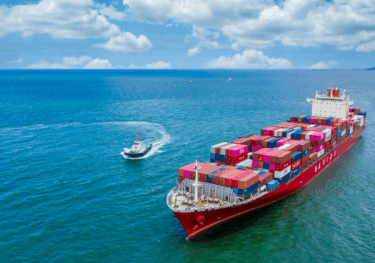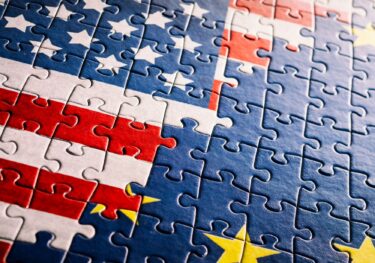Europe’s defence splurge will help industry – but by how much?
For decades Europe has enjoyed a peace dividend, free-riding under the US-provided security umbrella. Russia’s assault on Ukraine shattered that illusion, prompting a rethink that has been buttressed by the sudden shift in US policy and its stance towards the war and Europe more generally.
What you will learn:
- Our baseline forecast now assumes that European defence spending will rise to 3% of GDP by the end of the decade. This could give a growth boost to Europe’s ailing industrial sector, as we expect much of the spending gains to go towards equipment outlays, which have nearly doubled since 2021.
- A few governments have adjusted their official guidance so far. The Czech Republic now aims for 3%, up from 2%. Denmark’s announced ramp up will lift it above 3% defence spending. However, there is little clarity on the plans of the Big Four Eurozone economies, which will have a large impact on the overall gains.
- We think equipment procurement will be the main beneficiary. In our central scenario, annual equipment spending quadruples to nearly 1.5% of GDP from 0.3% of GDP pre-Ukraine war.
- The boost for some European industrial sectors will be sizeable. But the impact on the overall economy will be diluted because we expect a low fiscal multiplier and a high import share. EU governments are aiming for greater self-sufficiency, but domestic industry may struggle to ramp up production quickly, so US producers are set to benefit at least initially.
Tags:
Related Reports

Five lessons for businesses navigating tariffs and trade turmoil
In a rapidly evolving global trade environment, businesses must stay ahead of changing tariffs and regulatory demands. Our latest blog offers practical guidance on navigating tariffs, understanding key trade strategies, and leveraging accurate HS code classifications to optimize your supply chain. Explore essential insights that will help your business manage trade uncertainty, ensure compliance, and unlock new growth opportunities.
Find Out More
The Future of Trade: Tariffs, Taxes, and Economic Trends
Amid ongoing global trade uncertainty, business leaders are struggling to plan ahead as new tariffs continue to reshape the market. Even so-called “locked-in” tariffs are proving to be temporary, adding to the unpredictability. Firms are cautious, waiting for clarity before committing to major investments. As global trade volumes decline, the importance of understanding every relevant trade tariff and accurately applying the correct HS code to imported goods becomes even more critical for managing costs and compliance.
Find Out More
Africa: A continent besieged along old fault lines
Africa has, once again, taken centre stage as countries vie for the top spot. The playing field has shifted slightly, and the rules of engagement have moved more toward the economic arena. In this Research Briefing, we explore the economic and political ties between Africa and China, the US, Europe and Russia as the continent navigates the new multi-polar world order.
Find Out More
Last-minute trade deal with the US leaves Eurozone outlook unchanged
We don't plan material changes to our Eurozone baseline forecast of 1.1% GDP growth this year and 0.8% in 2026 in response to the EU-US trade deal.
Find Out More